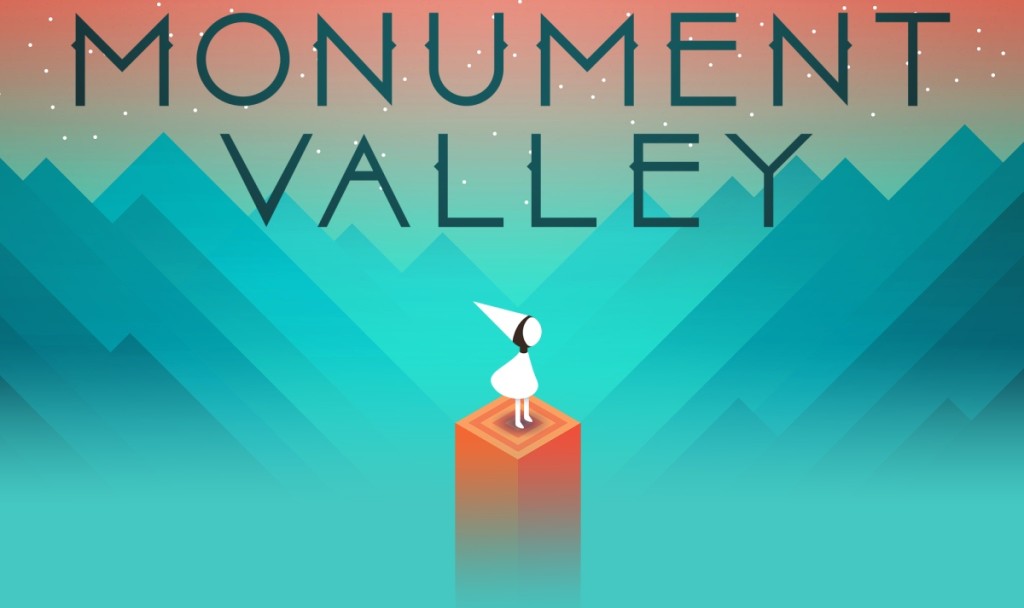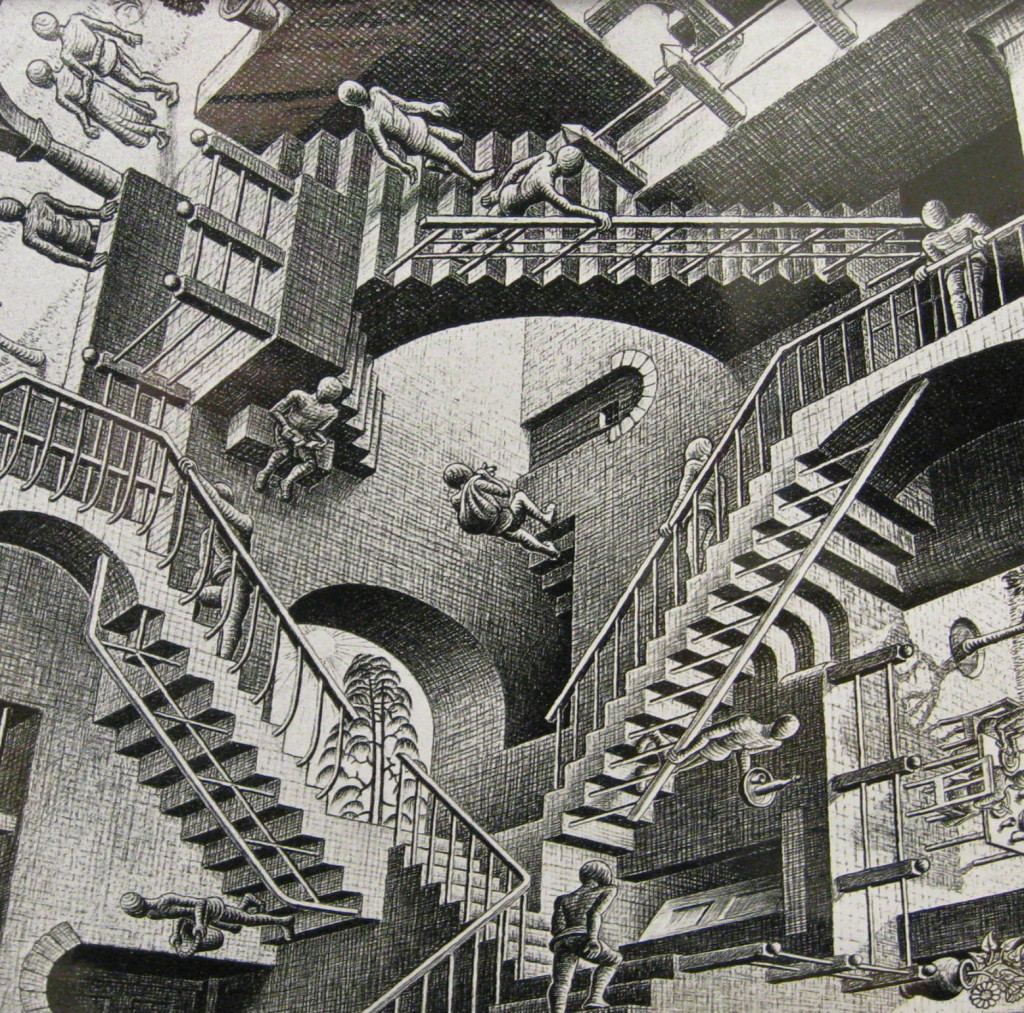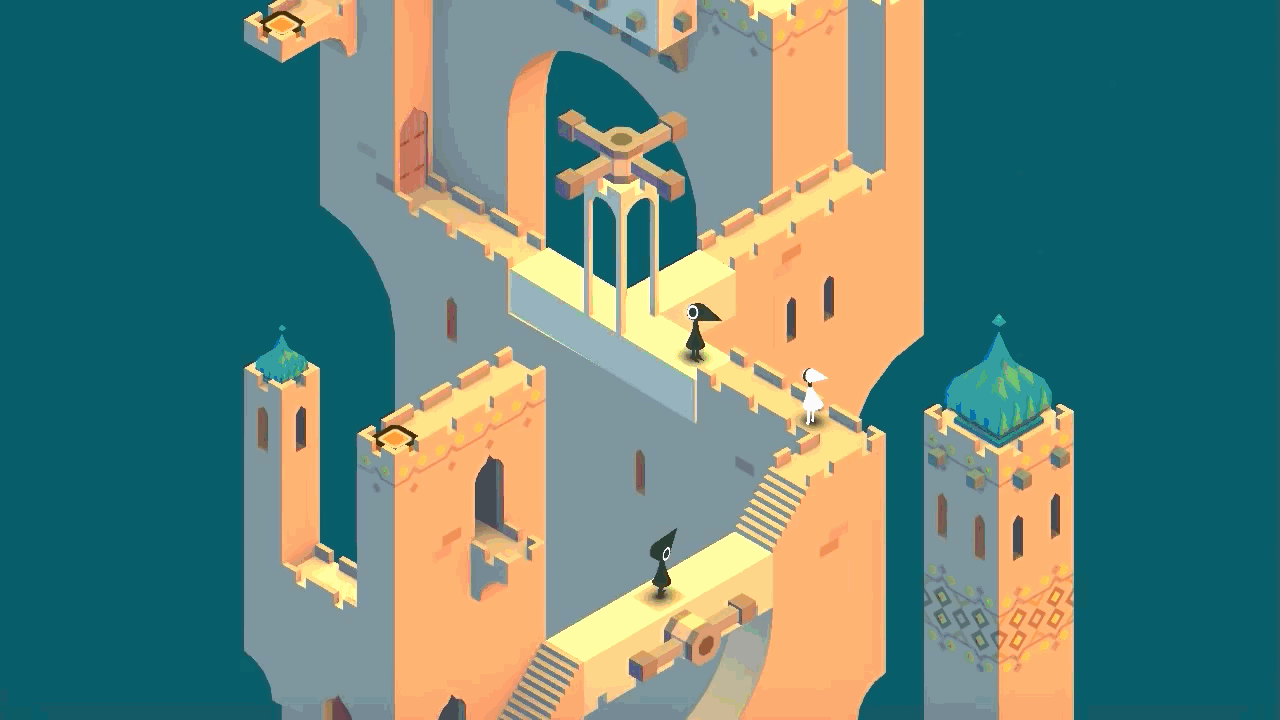
I don’t often play games on my tablet other than Hearthstone, despite using it rather frequently. Part of the reason comes down to the tactile sensation of control – touch screens aren’t at all designed for traditional video games, and that comes through when a developer seeks to port their earlier games to the platform. Look no further than Square Enix’s mobile ports of Dragon Quest and Final Fantasy. In theory, both should function fine with touchpad controls, given that neither requires a time limit on movement, but it does make basic functions somewhat tedious. For whatever reason, they provide a digital D-pad rather than true touch movement, so it ends up feeling half-baked at best.
With that said, I don’t think touch screens are a barrier to good game design. On the contrary, different kinds of games need to come out for the platform in specific. In the same way that, for example, you wouldn’t want to play Devil May Cry on a tablet (dear God, why is this a thing, and how do I kill it with fire?), you probably wouldn’t want to play Monument Valley apart from its iOS/Android roots. The touch controls of Monument Valley, in succinct summary, elevate a rudimentary puzzle game design.
Monument Valley puts you in the role of an anonymous princess traversing a civilization long lost to “the sacred geometry”. The story derives from bits and pieces of dialogue, and a rather unique visual design that combines plain textures with M.C. Escher paintings to create a stirringly weird setting. All ten of the stages marry these aesthetics with puzzle designs that take advantage, using touch controls to raise, rotate, and move pathways from a fixed angle. You move via simple touch controls, finding your way to the exit via manipulation of your environment.

Also, avoid the bird people. I have no idea what they do if you touch them, but in the grand tradition of puzzle games, touching enemies usually results in death. While you could claim that the game is “vague” about such details, it’s surprising how well the game conveys its core mechanics and puzzle design through visual and (surprisingly) auditory cues. Most movements of blocks and shapes comes with its own distinct musical tones, and you begin to quickly associate them with your move set. Monument Valley remains surprisingly adept at conveying much through little.
To return to the game’s adept conveyance, Monument Valley’s levels don’t follow traditional rules of 3D space. Moving a platform one way might actually connect it to another, and I believe it’s based on the fixed perspective of the camera. This makes little sense at first – how do I reach a platform above me!? – but suddenly, you have a strange moment of clarity where it falls into place. A platform below can connect to a platform above, but it isn’t in the way you think. Apologies for trying to convey this in text, but it makes perfect sense once you see it in action.

And, really, that’s the fundamental joy of Monument Valley: being moved quietly and effectively by the behest of its designers in a purely organic way, without heavy hand-holding or judgment. Your accomplishments feel like your own, and whether or not you think that’s the case, the illusion is undoubtedly brilliant. All great puzzle games do this, and Monument Valley is no exception to giving you the experience of seeing thing face to face, and not just in a dimly lit mirror.
12 For now we see in a mirror dimly, but then face to face; now I know in part, but then I will know fully just as I also have been fully known.
1 Corinthians 13
With that said, I must mention the very short length, somewhere in the one hour range, for the entire experience. The puzzles still innovate, of course, with crazy shapes, but with only ten levels the game seems to end before it ever gets going. I suppose that’s a testament to the quality of the progression of said levels, but I was hoping for greater challenges without having to spend for additional DLC (not surprisingly, the upsell is here).
Then again, at such a low price point, it does seem like nitpicking to complain. I realize standards on mobile are different than for console or PC, but I would hope for more of these puzzles. Maybe they’ll keep adding to it, but regardless Monument Valley is definitely worth a few hours of your time.
